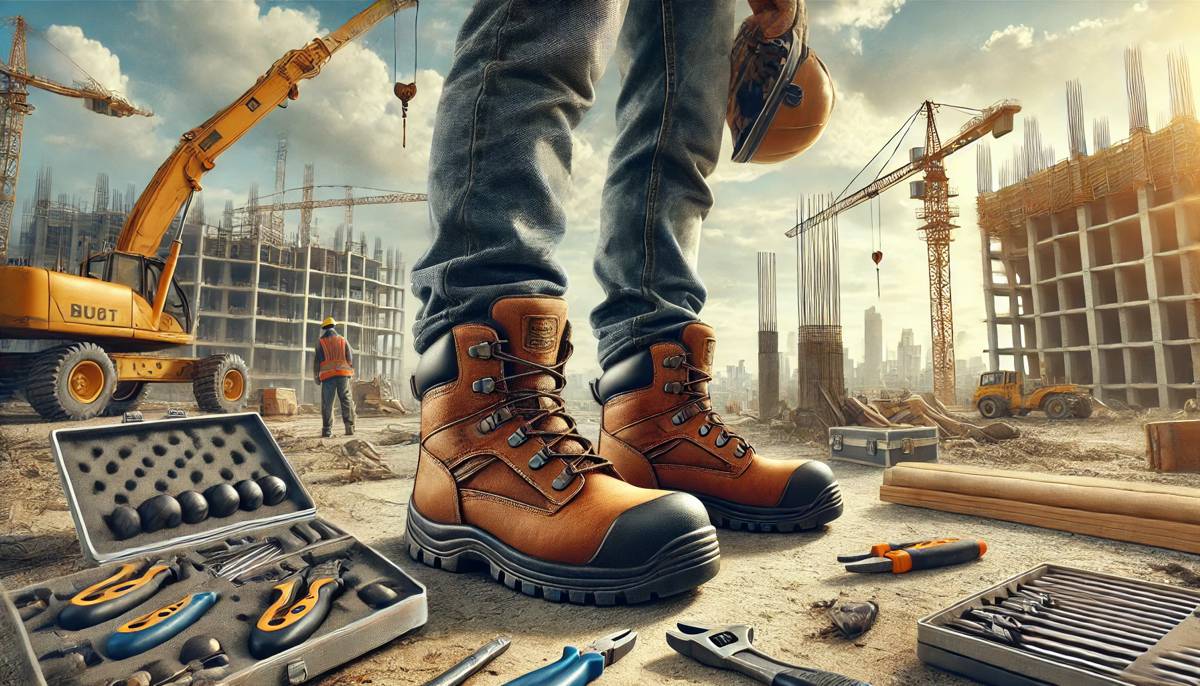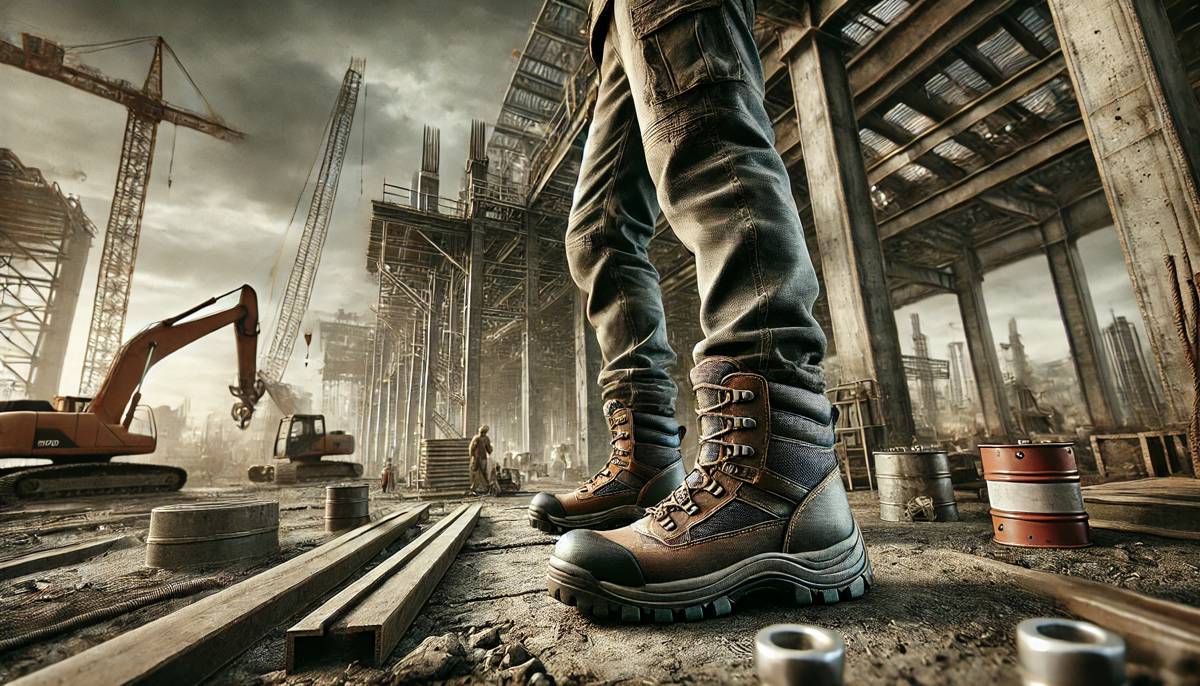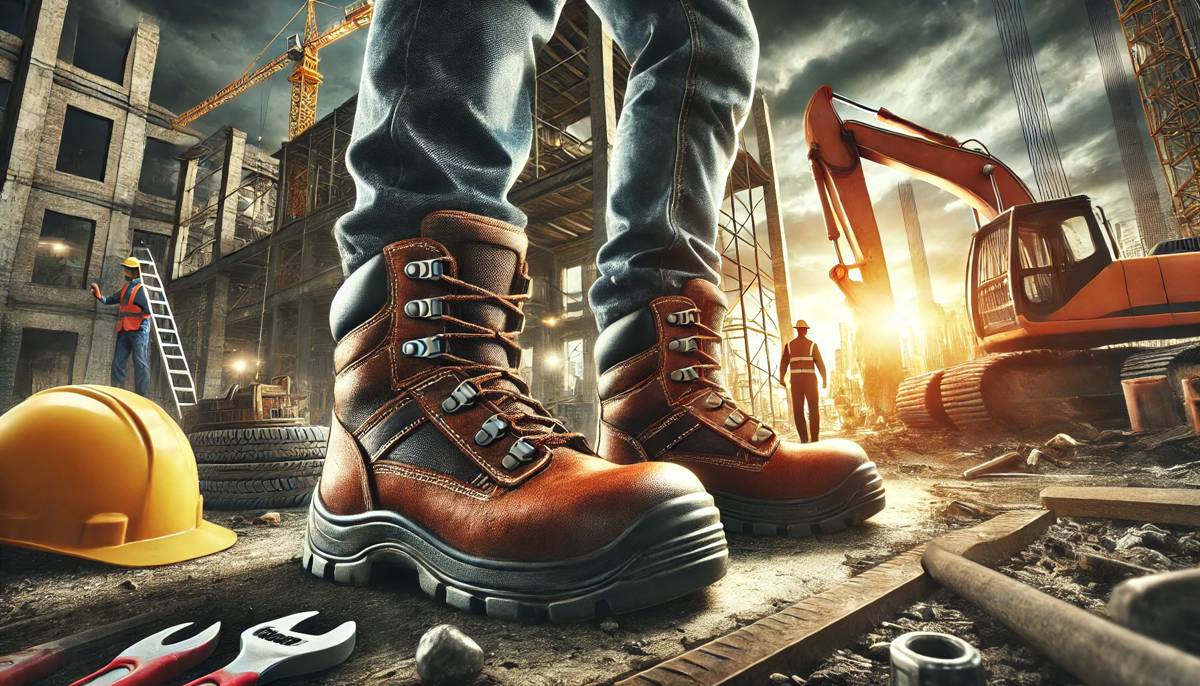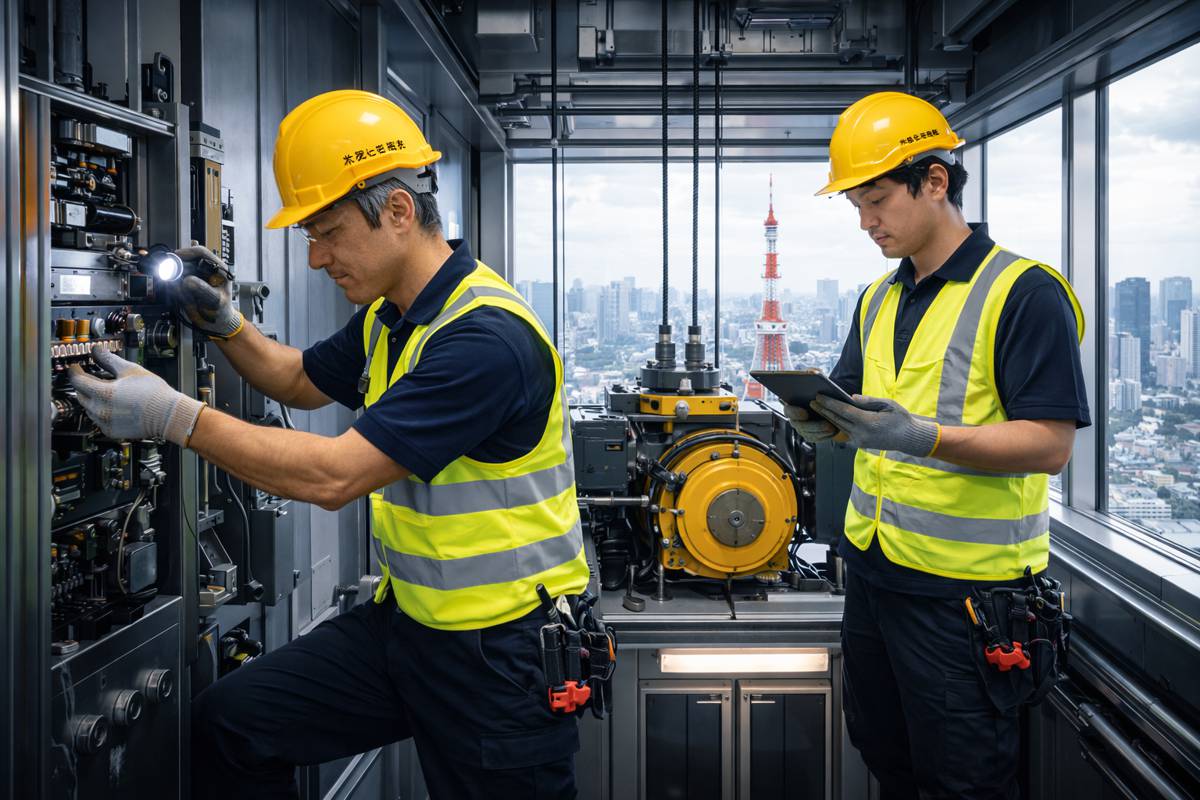Stepping Up to Safety Footwear for Construction Professionals
When it comes to construction, the phrase “safety first” is more than just a catchphrase, it’s a lifeline. While hard hats and high-visibility jackets often take the spotlight, safety footwear is the unsung hero on-site.
This comprehensive guide dives into the nuances of safety footwear, highlighting its importance, features, and how to choose the best pair for your specific needs.
Why Safety Footwear Matters
Construction sites are rife with hazards. Falling objects, sharp tools, and uneven surfaces can quickly turn a routine day into a nightmare. Proper safety footwear isn’t just about comfort; it’s about safeguarding your feet against injuries that could side-line you or even end your career.
According to the Trades Union Congress (TUC), foot injuries account for a significant percentage of workplace incidents. Many of these could be avoided with the right protective gear. Beyond immediate safety, long-term health issues such as chronic pain and posture problems can arise from inadequate footwear.
The bottom line? Investing in quality safety footwear isn’t a luxury; it’s a necessity.
The Anatomy of Safety Footwear
Understanding the components of safety footwear can help you make informed decisions. Here’s a breakdown of the key elements:
- Toe Caps: The first line of defence against falling objects. Toe caps come in materials like steel, aluminium, and composite, each offering unique benefits in terms of weight, durability, and conductivity.
- Midsoles: Provide puncture resistance and additional cushioning. Flexible midsoles are ideal for dynamic work environments where movement is constant.
- Outsoles: Designed for grip and stability, outsoles are often made from slip-resistant rubber or polyurethane.
- Uppers: Typically crafted from leather or synthetic materials, uppers offer protection against abrasions and weather conditions.
- Linings: Moisture-wicking linings keep your feet dry and reduce the risk of fungal infections.
- Insoles: Essential for comfort and support, insoles can be customised for specific foot conditions.
Each of these components works together to provide a comprehensive safety solution, ensuring that your footwear doesn’t just meet but exceeds the demands of your job.

Key Features of Safety Footwear
Not all boots are created equal, and when it comes to safety, the devil’s in the details. Here’s what to look for:
- Toe Protection: Steel, composite, or aluminium toe caps shield against falling objects and compression. Steel offers unparalleled strength but is heavier, while composite toe caps are lighter and non-conductive—ideal for electricians.
- Sole Resistance: Look for slip-resistant soles to tackle wet, oily, or uneven surfaces. Some also offer puncture resistance, crucial for environments with sharp debris.
- Material Durability: Leather and advanced synthetic materials provide durability while ensuring breathability. Newer options like Kevlar add an extra layer of protection.
- Comfort Features: Cushioned insoles and ergonomic designs reduce fatigue during long shifts. Features like arch support and heel stabilisers can prevent common foot ailments.
- Waterproofing: Essential for outdoor sites where rain and mud are part of the job. Waterproof membranes and seam-sealed constructions are key.
- Insulation: In colder climates, insulated boots can keep your feet warm without compromising safety. Thermal linings and heat-reflective soles are worth considering.
- Metatarsal Guards: Provide extra protection for the top of your foot, particularly in environments with high-risk equipment like forklifts.
Standards and Certifications
When shopping for safety footwear, ensure they meet industry standards. In the UK, the EN ISO 20345 standard is the benchmark. This certification guarantees that the footwear provides basic protection against workplace hazards, including a minimum toe cap resistance of 200 joules.
Other certifications include:
- ASTM F2413 (USA): Specifies performance requirements for impact resistance, compression resistance, and electrical hazards.
- CSA Z195 (Canada): Covers toe protection, puncture resistance, and sole grip requirements.
- AS/NZS 2210.3 (Australia/New Zealand): Ensures footwear meets stringent safety and quality standards.
Always check the label to confirm compliance—your feet deserve nothing less. Many manufacturers provide detailed guides on how their products meet these standards, so don’t hesitate to ask for documentation.
Choosing the Right Pair
Finding the perfect safety boots can feel like navigating a maze. Here’s how to narrow down your options:
- Assess Your Job Role: Do you work with heavy machinery, at heights, or in wet conditions? Different environments demand different features. For instance, electricians should prioritise non-conductive soles, while construction workers might need enhanced puncture resistance.
- Consider Fit: Ill-fitting boots can lead to blisters, discomfort, and even long-term foot problems. Always try before you buy. If online shopping is your only option, measure your feet accurately and refer to the manufacturer’s size guide.
- Think Long-Term: While budget is a factor, don’t skimp on quality. A good pair of boots is an investment in your safety. Remember, cheaper options may wear out quickly, costing more in the long run.
- Seek Expert Advice: Consult with specialists or use online resources like Workwear Experts for tailored recommendations. Many retailers offer virtual consultations to help you choose the best fit.
- Test the Features: Whenever possible, test boots for flexibility, grip, and overall comfort. Pay attention to how they perform under simulated work conditions.

Maintenance and Longevity
Even the best boots won’t last forever, but with proper care, you can extend their lifespan. Follow these tips:
- Regular Cleaning: Remove dirt and debris after each use. Use a soft brush for leather boots and a damp cloth for synthetic materials.
- Check for Wear and Tear: Inspect soles, stitching, and toe caps regularly. Replace your boots if you notice significant damage.
- Store Properly: Keep them in a dry, ventilated space. Avoid leaving them in damp conditions, as this can degrade materials.
- Use Protective Sprays: Waterproof sprays and leather conditioners can help maintain their integrity. For synthetic boots, look for specialised sprays that enhance durability.
- Rotate Your Footwear: If possible, rotate between two pairs to reduce wear and tear. This is especially useful for those working long hours.
Addressing Common Myths About Safety Footwear
There are plenty of misconceptions about safety footwear. Let’s debunk a few:
- Myth: Steel toe boots are uncomfortable – Reality: Modern designs incorporate advanced cushioning and ergonomic features, making them just as comfortable as non-steel options.
- Myth: Safety boots are only necessary for construction – Reality: Industries like manufacturing, logistics, and even healthcare benefit from protective footwear.
- Myth: Higher price equals better quality – Reality: While cost can indicate quality, it’s essential to consider certifications and materials over price alone.

The Future of Safety Footwear
Innovation is reshaping the world of safety footwear. Companies like VELTUFF are integrating advanced materials and designs to enhance both protection and comfort. Features like smart insoles, which monitor foot pressure and movement, are already making waves in the industry.
Sustainability is another growing trend. Many manufacturers are exploring eco-friendly materials and processes, aligning with the construction industry’s push toward greener practices. Recyclable components and energy-efficient manufacturing are setting new standards.
Additionally, advancements in 3D printing could revolutionise customisation. Imagine boots tailored to your exact foot shape, offering unparalleled comfort and fit. The integration of IoT technology could also provide real-time data on wear and tear, ensuring timely replacements.
Making the Right Step Forward
At the end of the day, safety footwear isn’t just about compliance; it’s about ensuring you go home in one piece. With so many options available, there’s no excuse not to invest in the best. After all, when it comes to your feet, second best simply won’t do.




















